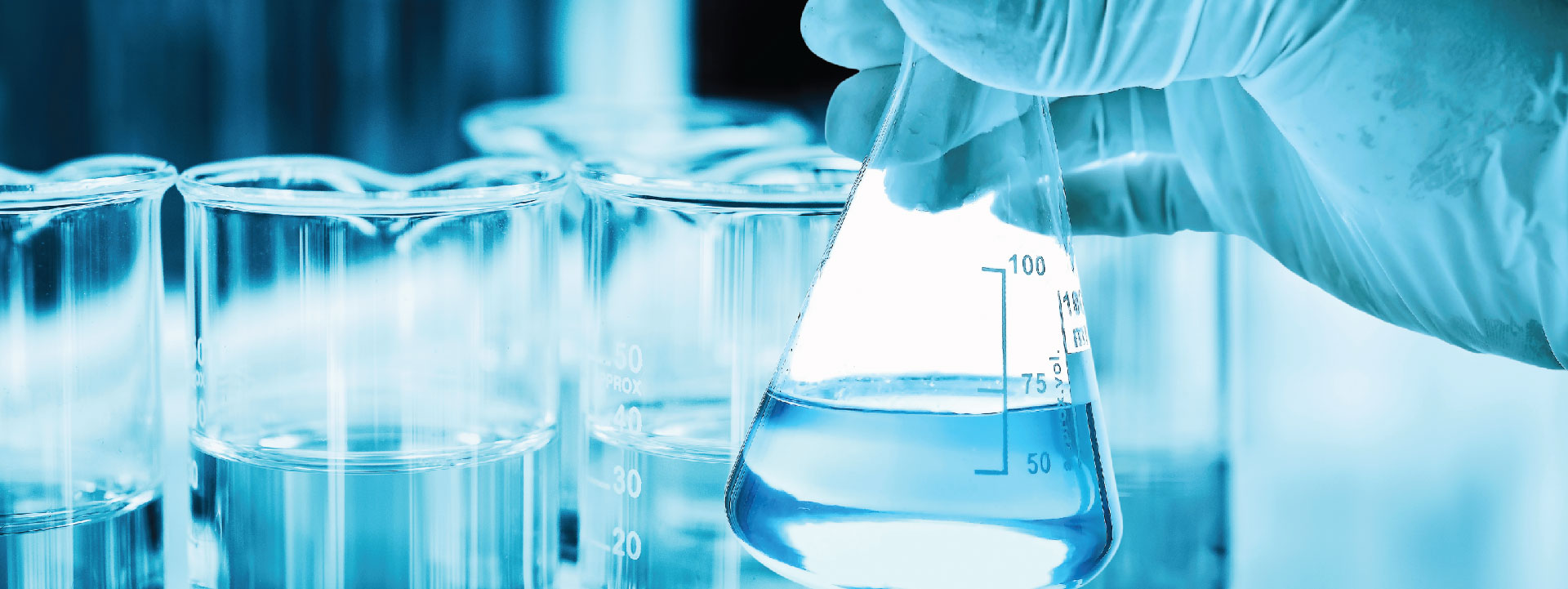
Biological Buffers and pH Level
Biological buffers are organic substances that maintain a constant pH over a given range by neutralizing the effects of hydrogen ions. Buffers also provide a pH environment conducive to critical biochemical processes, wherein a significant change in pH can lead to a harmful change in molecular structure, biological activity or functions. They keep the pH constant by taking up protons which are released during reactions, or by releasing protons when they are consumed by reactions. Buffers are a vital component for modeling biological systems and have many uses in cell culture, molecular biology, nucleic acid, protein purification, transformation and transfections.
The quality of a buffer is determined by is resistance to changes in pH when strong acids or bases are added and is measured in the value of its pKa where the larger the value of pKa, the weaker the acid. Knowing the value of pKa is important in dealing with systems involving acid-base equilibria in solution. Most of the buffers used today were developed in 1966 by Norman Good and his colleagues who identified parameters and characteristics of effective buffers. These biological buffers are called Zwitterionic (Good’s) bufers.
Important Characteristics:
- Water solubility
- No interference with biological processes or reactions
- Known complex-forming tendency with metal ions
- Non toxic
- No interference with cell membranes
- Very low UV light absorbance at wavelengths > 260 nm
- Minimally affected by changes in temperature and concentration
- Minimal interaction between buffers and reaction components
- Chemical stability
- Purity of buffer and water to solubilize

